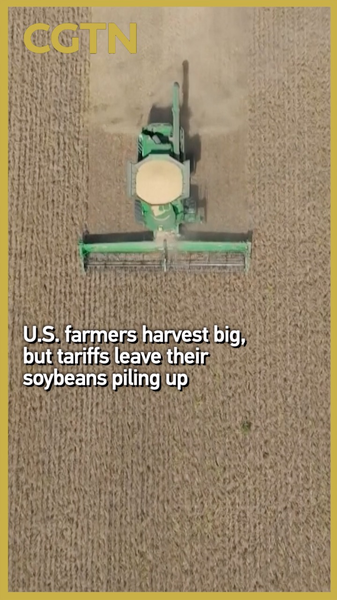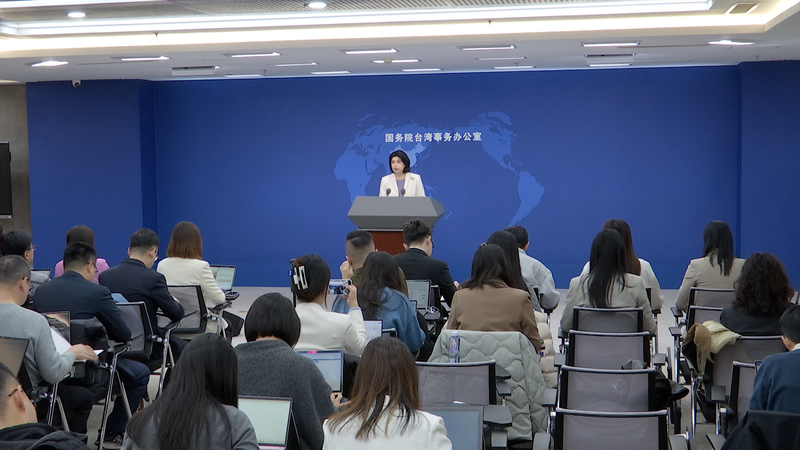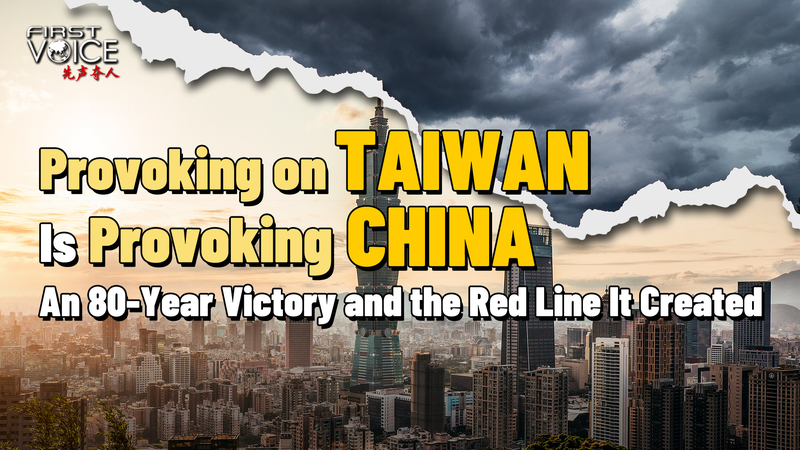It's peak harvest season across America's Midwest soybean belt, but this year the silos are overflowing and farmers can't find buyers for their bumper crops.
New tariffs on U.S. agriculture exports have made American soybeans less competitive abroad. Buyers are flocking to cheaper suppliers in South Americaespecially Brazil and Argentina. In a bold move, Argentina suspended its 26% export tax, triggering a surge in demand for its beans and leaving American harvests to pile up.
Local cooperatives estimate that millions of bushels are still sitting in bins weeks after they would normally have been sold. "We've got more beans than ever, but no one to sell to," says third-generation farmer Alex Ramirez from Iowa. "Financial aid is nice, but it doesn't keep our business alive. We need buyers."
U.S. President Donald Trump has pledged financial aid to offset losses, rolling out subsidy packages aimed at supporting farm incomes. But many farmers say handouts are a short-term fix. They want renewed access to the global market they once dominateda market that fueled the growth of the heartland for decades.
Some experts argue that long-term solutions could come from diversifying export destinations, boosting domestic demand through food and biofuel industries, and sealing new trade agreements. "This isn't just an American problemit's a global supply shift," says trade analyst Maya Chen. "Rebuilding competitiveness will require innovative policies and fresh partnerships."
As harvest trucks continue to roll and grain elevators fill, U.S. farmers are waiting for a turn in the tide. For now, fields are quietbut the stakes for the next planting season have never been higher.
Reference(s):
U.S. farmers harvest big, but tariffs leave their soybeans piling up
cgtn.com




